
Tag Archives Weed control

Crop establishment important for weed management
Combining many tools into an overall integrated weed management strategy is a winner
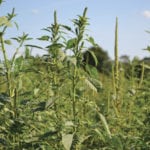
Is palmer amaranth waiting in the wings?
Experts weigh in on palmer amaranth, its climbing stats to the south, and the chance we might see the weed cropping up in Manitoba

Transplanting herbicide-resistance advice from Down Under
Australia has something to teach Canadian farmers about herbicide resistance, at least, according to BASF’s latest online resource
Editorial: In the weeds

ON THE GROW: Herbicide resistance is spreading quickly
Manitoba Agriculture is warning about new and looming threats when it comes to resistant weeds

Manage herbicide resistance in the tank and out
Industry is pushing both chemical and non-chemical solutions to growing herbicide-resistance problems in Manitoba
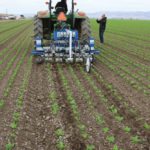
A row to hoe
Robots are the future of weed control, one researcher says
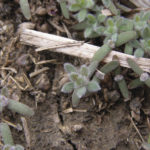
Keeping kochia in check
New research indicates the importance of early-season control of herbicide-resistant kochia
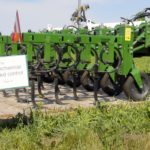
VIDEO: Hi-tech cultivator cuts weeds down to size
Inter-row cultivator uses a camera and computer to get rid of weeds
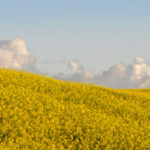
How dense is the perfect canola stand?
Economic-focused studies say lower stand density might mean bigger profit, while other experts warn that it might be short-term financial gain for long-term agronomic pain


